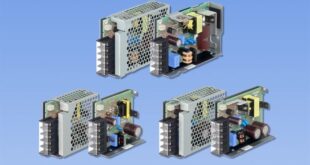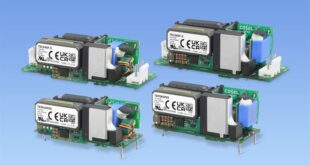James Woods introduces a new style of yaw brake service tool and its benefits in the field
Some large wind turbines feature a yaw brake. Heavy and difficult to maintain in the field, lifting and positioning brakes is a sizable challenge in confined spaces, but maintenance is critical to minimising operational downtime.
Once working high up on a turbine or offshore, there is no going back; so industry service providers are now introducing innovative service tools to carry out yaw brake maintenance, with benefits to both service teams and turbine operators.
The industry standard for a brake change on the average offshore wind turbine results in up to three days of downtime – with five or more callipers being changed.
The process involves the removal of all callipers, which are then winched to the yaw section floor for assessment.
Pads are changed, with each completed calliper (each weighing around 200kg) then winched back to the top of the turbine for reinstallation.
With most wind turbines rated at 3.6MW or more, not only do operators have labour costs to contend with, but also lost revenue.
Further pressures are added where multiple turbines require maintenance and the service crew is required to work long hours involving high physical demands to meet tight deadlines.
To minimise downtime and protect service crew against fatigue, service providers are developing new methods to improve the efficiency of yaw brake maintenance.
One method to improve efficiency is to carry out the maintenance process in-situ. It is this concept that is delivered by Svendborg Brakes’ LBS Yaw Brake Lifting Tool.
The tool attaches to the brake disc, allowing the brake to be slid out of its mounting position and winched to the yaw section floor, out and away from the disc, with minimal effort by a two person service team.
With brake pads replaced and the calliper assessed on-site, it can then be winched back into place and reinstalled via the tool.
The system has been tried and tested in real world applications for both onshore and offshore windfarms.
In one case an operator required yaw brake replacement across hundreds of offshore turbines but wanted to minimise the effects of downtime across the site.
The LBS Yaw Brake Lifting Tool was sourced for the job, which greatly expediated work over the year and a half project. As a result, downtime was slashed by 50% and maintenance work was carried out with increased efficiency.
Beyond brake pad replacement, damage to the actual brake disc is another issue which can lead to significant expense and long periods of downtime.
Typically, the average turbine brake disc could measure 2.5 metres wide and 40mm thick. Consequently, the nacelle and blades must be removed completely to replace the disc. The entire process could cost up to €800,000 depending on the location.
One operator required brake resurfacing, but also turbine operations at night to reduce downtime, which required the reinstallation of all brake components on turbines at the end of each day. This was unprecedented, so the service engineers reviewed the options available to them. It was decided that a LBS Yaw Brake Lifting Tool could be utilised for the project.
First to remove two brakes, next, a CNC controlled Disc Resurfacing Tool designed and built inhouse by Svendborg Brakes was winched into place and attached to the bedframe.
With the brakes removed, the resurfacing tool machined the disc back to the optimum condition without nacelle removal. Brake resurfacing was finished in a day at less than 50% of the usual costs.
Furthermore, the process was efficient enough to have all brake components reinstalled for the evening, allowing power generation at night.
Renewable energy is set to provide 30% of the world’s electricity supplies by 2040. As of 2018, wind energy is already covering close to 6% of global electricity demand.
For an industry built on the principles of efficiency it’s essential that maintenance procedures are perfected to keep the costs of energy down for consumers. This is a sector where innovation is standard, so it’s only correct that the aftermarket and MRO side of the industry mirrors this process.
The nature of wind farms is that they are installed in remote areas which are very hard to access. Innovations such as the LBS lifting system and Disc Resurfacing Tool helps maintenance crew to complete work faster, with reduced manpower, while keeping turbines turning longer.
James Woods is Senior Project Manager at Svendborg Brakes, a company within the Altra Renewable Energy family.
 Engineer News Network The ultimate online news and information resource for today’s engineer
Engineer News Network The ultimate online news and information resource for today’s engineer



